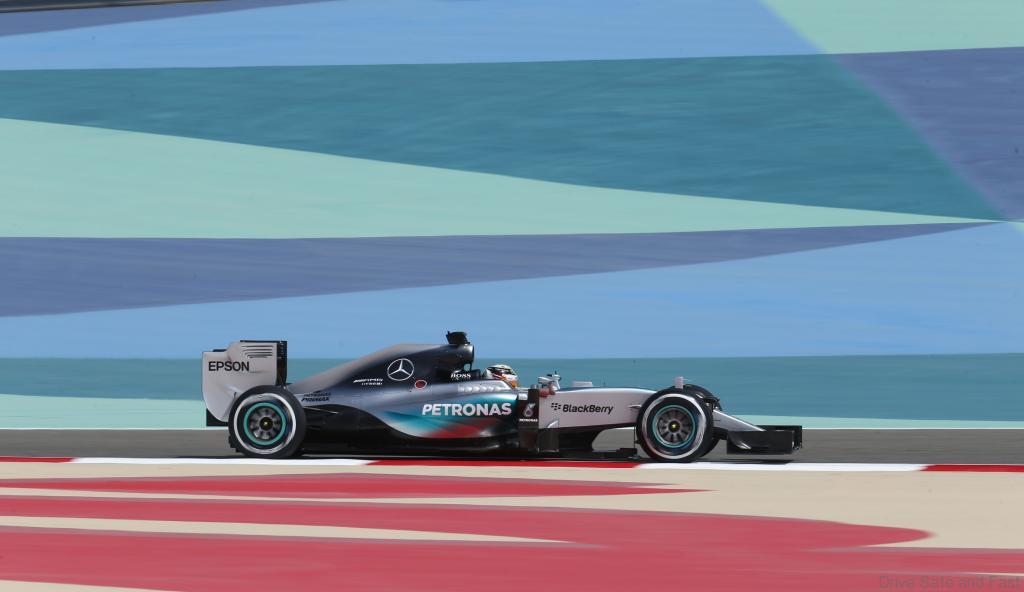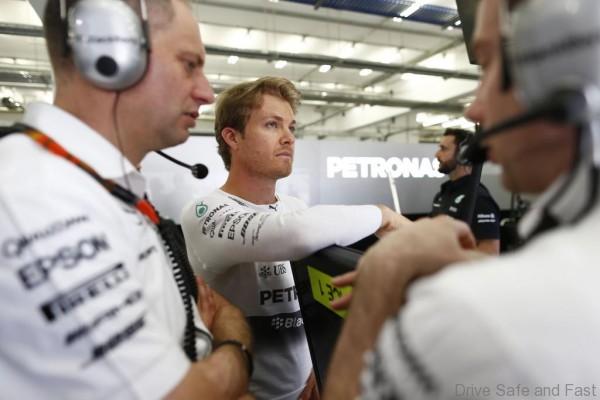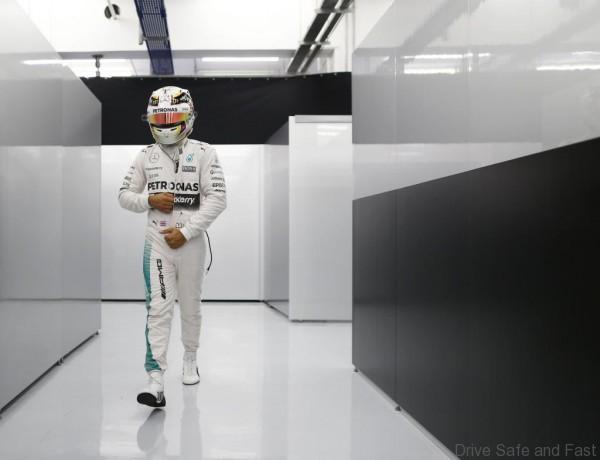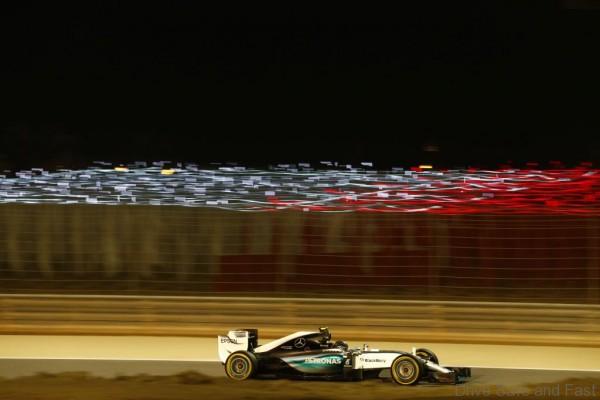When it comes to racing conditions, turbocharged motors are especially sensitive to heat. Not only is the heat of the engine and turbocharger a problem, the temperature of the ambient air can play a huge role in power outputs. Hence why when it comes to these new F1 engines, it’s a particular challenge to fight through the daytime desert heat of Bahrain.
And yet despite this, the pair of Rosberg and Hamilton still manage to post the fastest times of the practice session, being just milliseconds apart.
Driver | Car No. | Chassis No. | Practice One | Practice Two | ||||
Nico Rosberg | 6 | F1 W06 Hybrid /01 | 23 Laps | 1:39.293 | P15 | 31 Laps | 1:34.647 | P1 |
Lewis Hamilton | 44 | F1 W06 Hybrid /04 | 22 Laps | 1:39.532 | P16 | 33 Laps | 1:34.762 | P2 |
Weather | Dry, hot | |
Temperatures | Air: 26 – 30°C | Track: 32 – 36°C |
Rosberg is currently a little ahead of his British teammate, but this could all change as testing goes on and teams refine their setups ahead of qualifying. Also as the temperatures change and the engines develop more or less power, it will be interesting to see how the gap between the drivers changes.
The team faces major concerns that Ferrari may have the edge when it comes to a longer, drawn out race rather than a time-attack style qualifying session. A race is a battle of attrition, after all, and while the Mercedes drivers may be capable of punching out a few very quick laps, it’s a question of whether they can maintain that high level of speed through the entire race.







